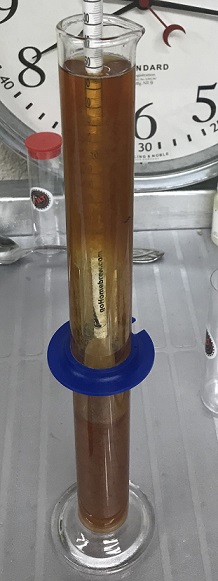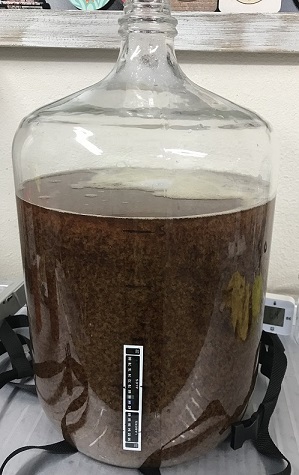We calculate starting gravity with a bunch of particulates in the wort.
But by the time we finish all of it has settled along with the dead yeast.
That sediment is removed right ? even in an unfiltered beer, that sediment isn't mixed up right ?
The FG calculations are for the "clear beer" on top right ?
Thanks.
Srinath.
But by the time we finish all of it has settled along with the dead yeast.
That sediment is removed right ? even in an unfiltered beer, that sediment isn't mixed up right ?
The FG calculations are for the "clear beer" on top right ?
Thanks.
Srinath.





